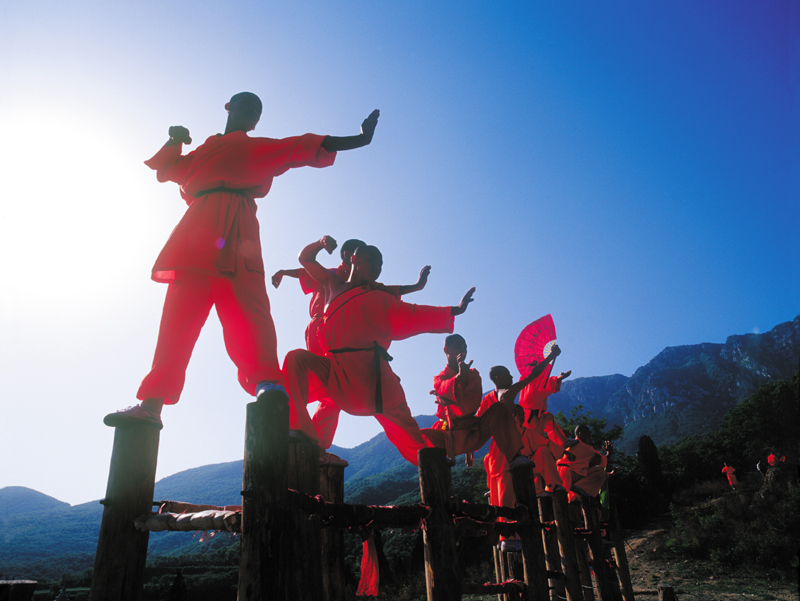 |
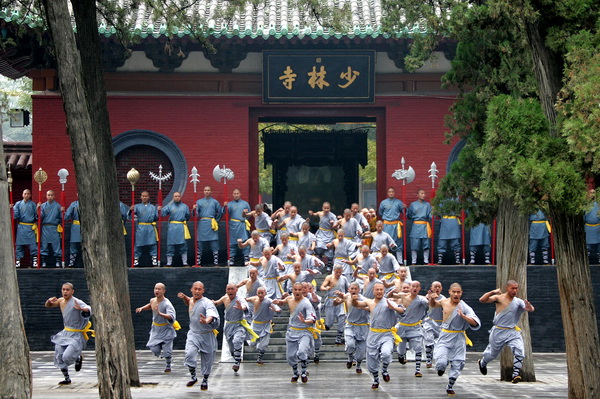 |
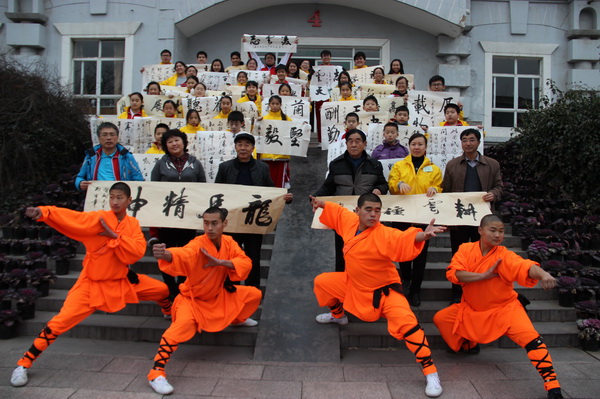 |
 |
|
Kaifeng
Kaifeng,known as "the Capital of Seven Dynasties", is one of the Eight Ancient Capitals in China. With its long history and splendid culture, this ancient city is immersed in a dense cultural atmosphere. During the Northern Song Dynasty, the prime of Kaifeng, it especially enjoyed the reputation as one of the most prosperous capital cities in the world. The famous painting Market Day at the QingMing Festival by Zhang Zeduan (a famous painter of the Northern Song Dynasty) and other works, represented the prosperous times and various customs of Kaifeng.
With lots of well-protected ancient relics and abundant water resources, Kaifeng, is a good combination of the time-honored history, culture and tradition. Kaifeng was culturally established quite early. Historically, it was one of the first developed regions due to the abundant water resources, advanced irrigation systems, mild climate and convenient transportation. During the Northern Song Dynasty, its magnificence, magnitude and splendor made the Capital Dongjing (the ancient name of Kaifeng) not only the political, economical, scientific and cultural center of China, but also one of the most prosperous metropolises in the world. The city was uniquely designed to include three parts(the inner city, the outer city and the imperial palace), three city walls and moats. Inside it, both the roads and channels were well-built, thus forming a convenient mode of transportation. With the increase of non-agricultural citizens, the handcraft and business industries blossomed, thus establishing it as the most attractive metropolis both at home and abroad.
The famous royal garden, Genyue Garden, embodies the features of all the famous Chinese mountains, with various rare plants, flowers and animals. Thus the historians call it the transitional masterpiece in Chinese Gardening History. Kaifeng has abundant relics, including 23 cultural relics which are listed as state or provincial level protection, and 162 relics listed at municipal or county level. Many ancient tourist sites, like the Iron Pagoda, Xiangguo Temple, the Qingming Festival Market Garden, Dragon Pavilion Scenic Spot, the Memorial Temple of Lord Bao, Kaifeng Fu (the official institution in charge of judicature during the Northern Song Dynasty) and the Stele Forest of the Imperial Academy in Feudal China, are endowed with high historical and cultural value. As one of the three bases for stone steles and inscriptions, Kaifeng has various kinds of stone inscriptions; more than 1,000 are on display at the Kaifeng Museum and various other tourist spots. Those valuable inscriptions, which date from the Han Dynasty to the Minguo period (1911—1949, the period of the Republic of China), are treasures for history research as well as for calligraphy. |
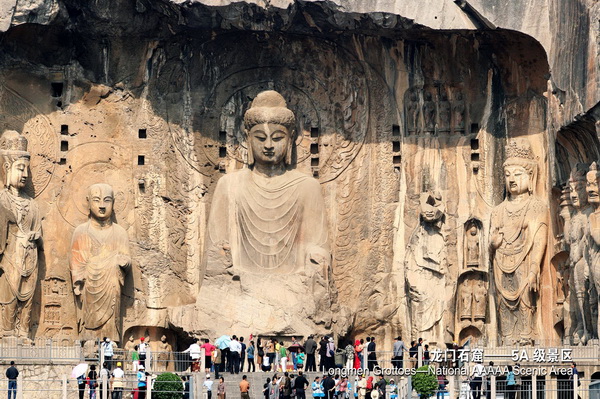 |
||
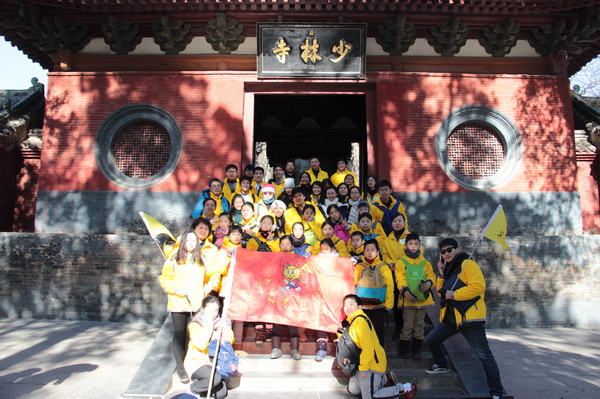 |
|||
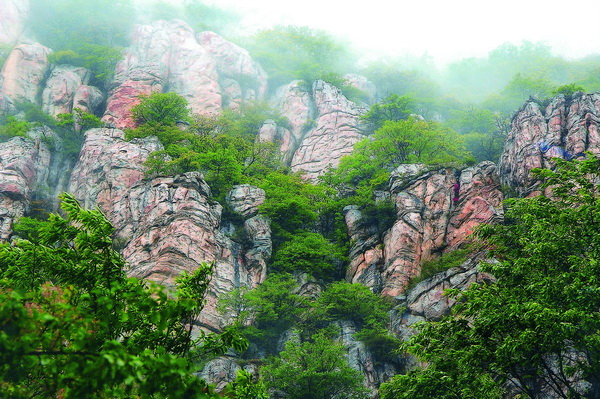 |
|||
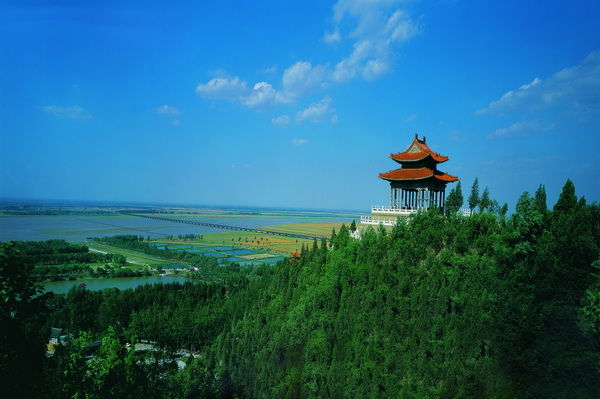 |
|||
 |
 |
 |
 |
|
Luoyang
Luoyang, located in the mountainous western part of Henan boasts of rich natural tour resources ranging from famous mountains and beautiful lakes, pleasant hot springs and virgin forests. Luoyang has a great diversity of landforms and physiognomy. 25 kilometers to the north of Luoyang runs the Yellow River, the torrential “mother river” of Chinese people, on which the world famous Xiaolangdi Multipurpose Water Project is set up. The vast lake covering 270 square kilometers with hills rising here and there forms a splendid view of a sea of islands, just like the Qiandao Lake in south China. 80 kilometers to the east stands the world famous Shaolin Temple among the flourishing trees on the grand Songshan Mountain. Besides the majestic temples, many Kung fu schools scatter here. Lots of scenic spots can be found 50 to 160 kilometers to the south and the east, including the Baiyun Mountain National Forest Park, Huaguo Mountain, Chongdu Valley Scenic Area, Longyu Wan National Forest Park, the Jiguan Cave – the “No.1 dissolved cavern of the North China” as well as provincial forest parks and reservation parks like the Tianchi Mountain of Songxian County and the Qingyao Mountain. Characterized by landscape features of both the north China and the south China, those charming scenic spots on this land are natural integration of grandness and elegance, majesty and beauty.
The Heluo Area centered by Luoyang, a city among the earliest approved Historical Cities of Culture by the State Department, is a significant birthplace of Chinese civilization. Luoyang has become an international metropolis since the Han and Wei Dynasties. With foreign ambassadors bringing tributes from all over the world in an endless stream, Luoyang reached its peak of prosperity in the Sui and Tang Dynasties with a population of one million. A number of human landscapes can display the glorious history of this ancient city, among which are the Longmen Grottoes, the Baima Temple, the Guanlin (the mausoleum of Guan Yu, a well-known general during the Period of Three Kingdoms), the Luoyang Museum, the Han Emperor Guangwu Mausoleum, the House of Thousand Epitaphs of the Tang Dynasty, the Longmafutu Temple (the Map-carrying Dragon-Horse Temple), the Former Residence of Wang Duo (a famous poet, calligrapher and painter during the period ranging from the end of the Ming Dynasty and the beginning of the Qing Dynasty), etc.
|
 |
||
 |
|||
 |
|||
 |
|||








